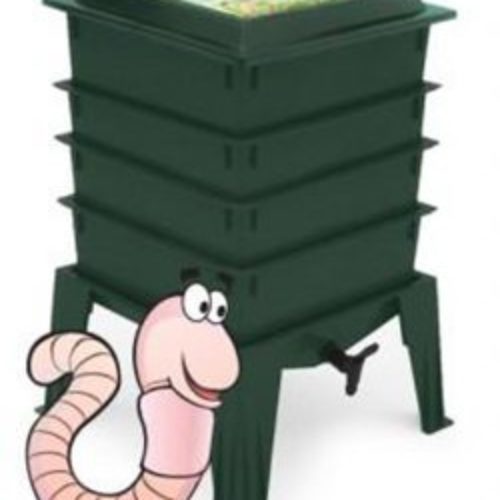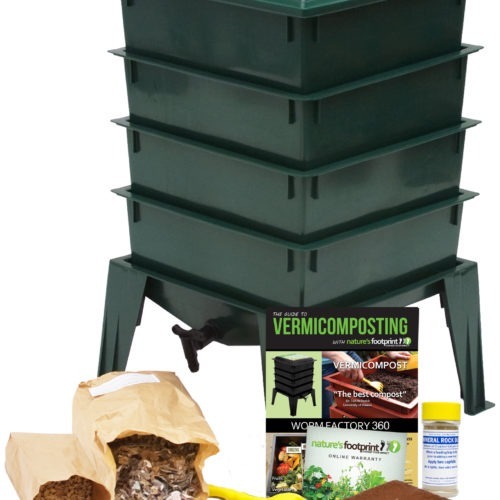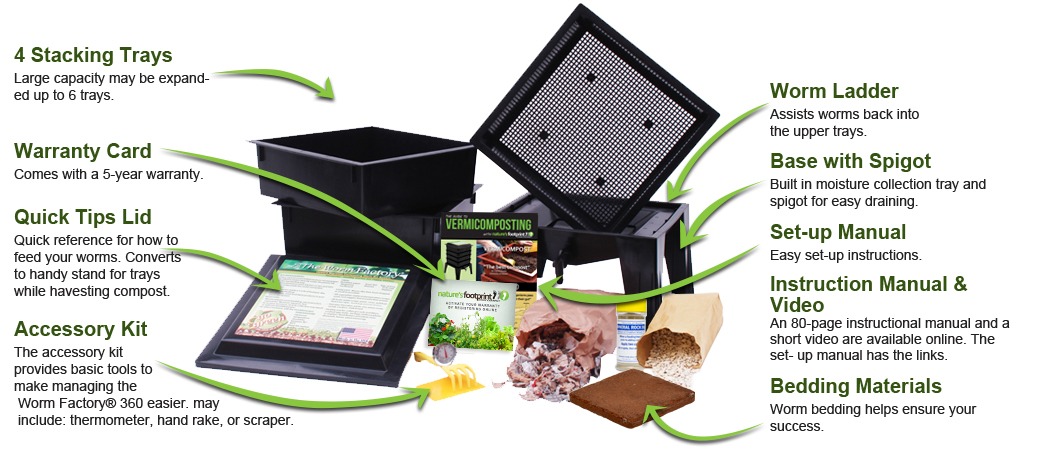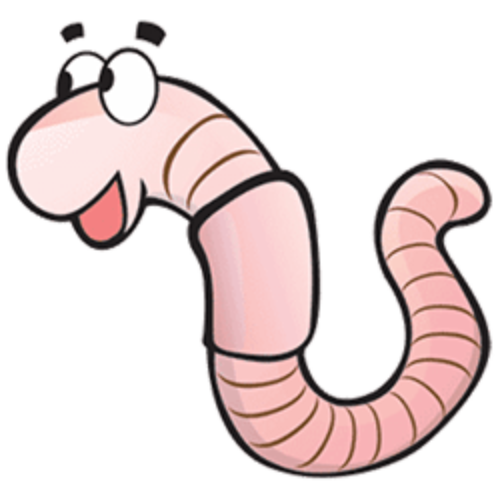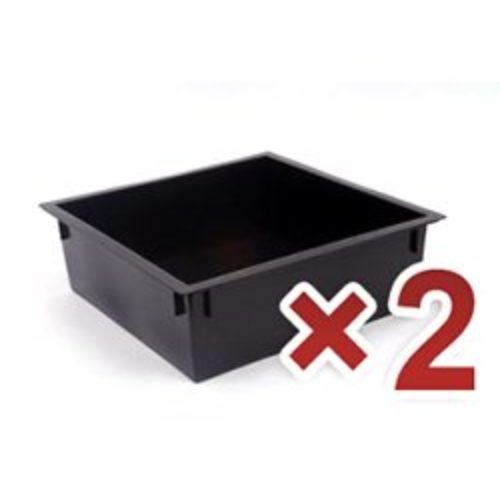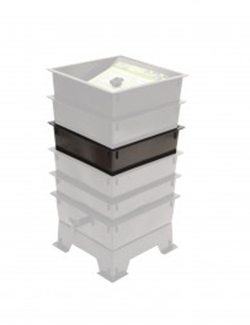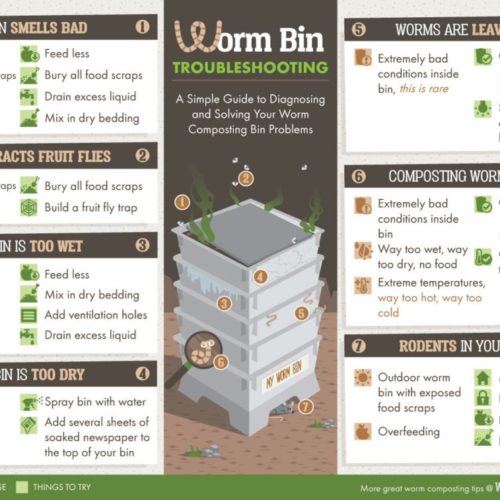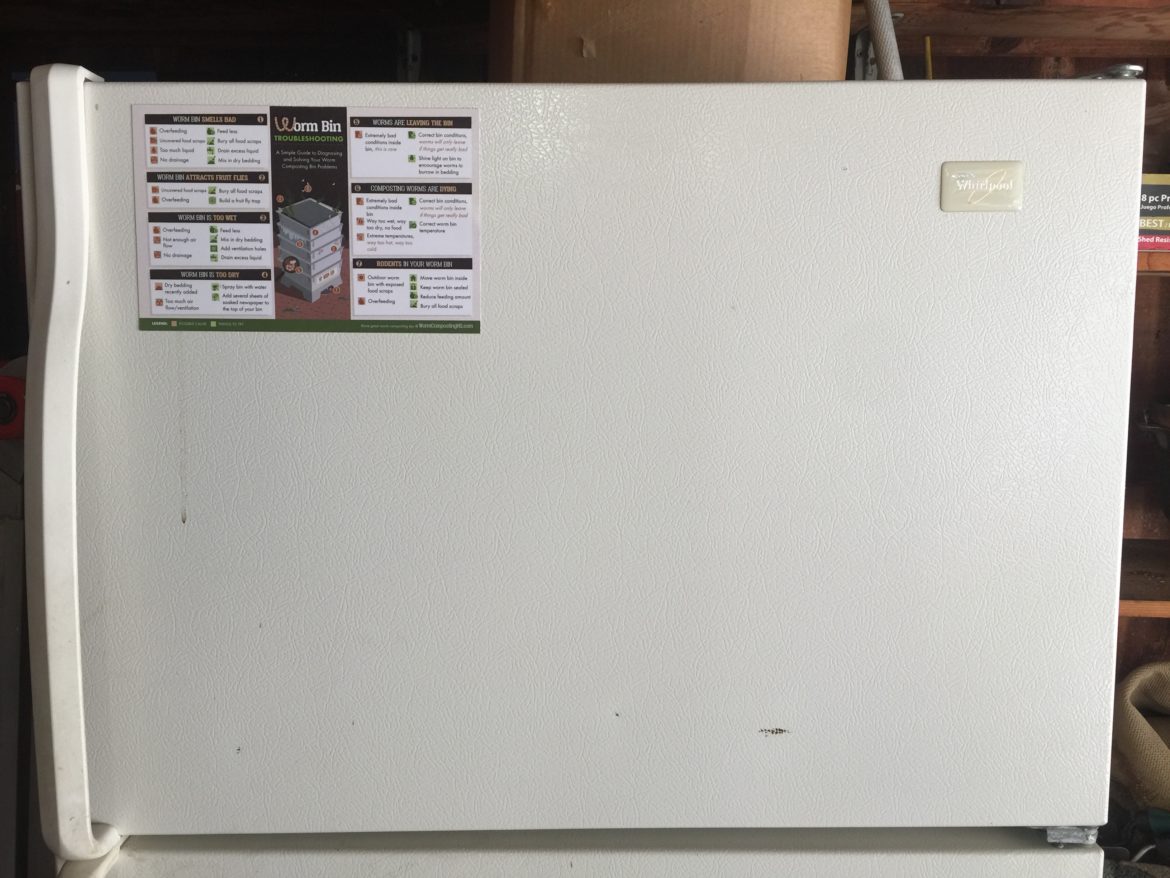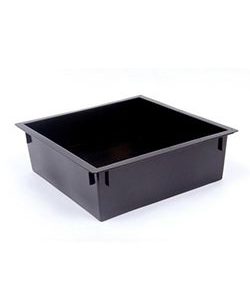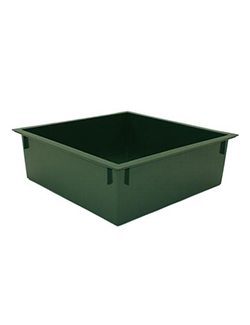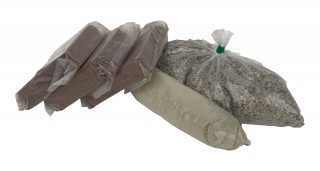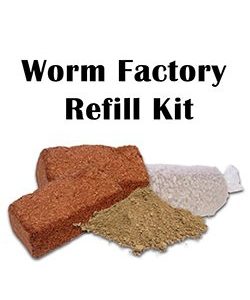 Reader submitted question: “Could you kindly advise me on whether I should drill drainage holes in the bottom of my worm bin? You have mentioned in the book to drill in the side.”
Reader submitted question: “Could you kindly advise me on whether I should drill drainage holes in the bottom of my worm bin? You have mentioned in the book to drill in the side.”
Great question! As noted, moisture level is an important part of maintaining a worm bin. You need to be able to drain off excess liquid (called worm bin leachate). Drainage holes in your worm bin are a great way to do this.
My assumption, based on your question is, that you are making your own worm composting bin following my instructions How to make the Simplest Worm Composting Bin out of a storage tote or tub. If that is the case, I recommend drilling drainage holes in the side of the worm bin. The lowest hole should be roughly 3 or 4 inches from the bottom of the worm bin. By simply tilting the worm bin you can drain off excess worm bin leachate. I find this much easier for beginning worm composters than asking them to drill drainage holes in the bottom and the use some sort of tray to collect the leachate.
Drilling drainage holes in the bottom is not wrong, its just a more complicated approach and my goal with the instructions for this particular worm bin is to get new worm composters started and having some early success.
If you are purchasing a worm bin, almost all commercial bins come with built in drain valves so you don’t need to drill your own drainage holes. Here are my reviews of a few of the most popular worm composting bins on the market. Learn about worm bin leachate (that dark liquid that comes out).
This question was submitted by a website visitor and book reader (many thanks!). If you have a worm composting question, ask me here: Ask a Worm Composting Question.
-
Out of Stock
Worm Factory 360 With Worms
Select optionsWorm Factory 360 With Worms
$169.95 – $179.95SaleWorm Factory 360
Select optionsWorm Factory 360
$129.99 – $149.95



